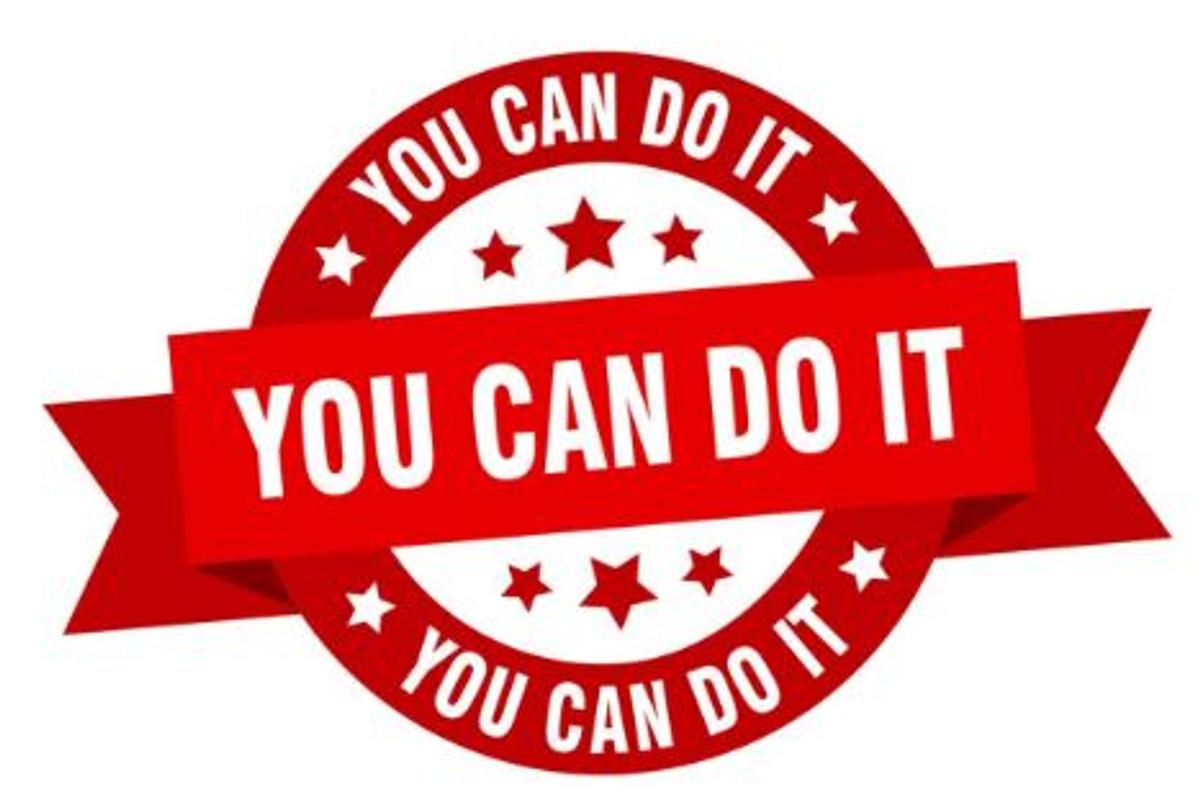
Learning At Home
English
Maths
Maths and money
As your child starts to understand a bit more about money, you can start using it for more maths conversations and activities. Don't forget to talk to your child about where money comes from.
Tips & ideas
- Estimate. At the shops ask your child to estimate how much 3 or 4 items will cost together.
- Give them small amounts of pocket money. For example, give them 50c a week and ask them what they think they can buy with it or, if they want to save for something bigger, how long will it take to reach their goal.
- Talk about the items you buy. Ask them which are more expensive, which are cheaper, which are heavier, and which are lighter etc.
- Explore quantities by asking them to think about how many different ways they can make $1. For example how many 10c coins do you need to make $1.
- When you buy something, get your child to hand you the correct money and check the change with them afterwards.
STEAM(Science, Technology, Engineering, Art, Maths)
Triangle house of cards:
- Form the first triangle. This "truss" is the basic structure of the pyramid design. Prop two cards together into an inverted "V" shape (upside down V). The top edges of the cards should meet, and the bottom edges should be evenly spaced apart from a central axis. Spend some time practising this process. You'll need to repeat it over and over again in the construction of your house.
- Build the foundation. Create a steady line of triangular trusses, two cards each. The point of each triangle should be no more than one card's length from the point of the next triangle. The number of triangles in the foundation determines the possible height of your house of cards: each "floor" will be built upon one less triangle than the floor below. For instance, if you build a three-triangle foundation, you'll be able to go up three "floors" before the house reaches a point; if you build a six-triangle foundation, you'll have more space to build, and you'll be able to go up six floors. Start with a three-floor house. Brace each new triangle against the base of the adjacent triangle. Eventually, you should have three triangles (using six cards, total) that are all touching.
- Brace the triangles. Gently lay a flat card on top of the first two triangles (say, 1 and 2). Make sure that the card is perfectly balanced between the points. Now, lay another card between Triangles 2 and 3. You should have a "foundation" of three triangles with two flat cards on top. This takes eight cards, total.
- Build the next layer of cards. If your foundation comprises three triangles, the next "floor" up should use two triangles. Try to stack each new triangle at the same angle as the two triangles below, for the sake of structural integrity. Place the base of each card above the point of a lower triangle. When you have formed these two triangles, lay one flat card on top between their points. When you've finished laying the second "floor", your tower should comprise thirteen cards: five triangles and three flat cards.
- Add the point. To complete your house of cards, you just need to stack one more triangle atop the structure. Slowly and carefully prop two cards together at the same angle as all of the prior triangles. Hold them in place until they are completely even, and pull your hands away when you feel confident that the point will stand on its own. If the structure stands, you have built a house of cards!
- How many triangles can you see?
- Can you make a bigger one and discover how many triangles you see?
- If successful please take a photo and bring it in to share.
R.E.A.C.H. (Respect, Encouragement, Ambition, Consideration and Honesty)
The school motto “REACH” demonstrates the values that form the basis of our actions throughout our entire community.
This edition of our newsletter is focusing on Encouragement.
the action of giving someone support, confidence, or hope.
"thank you for all your support and encouragement"




